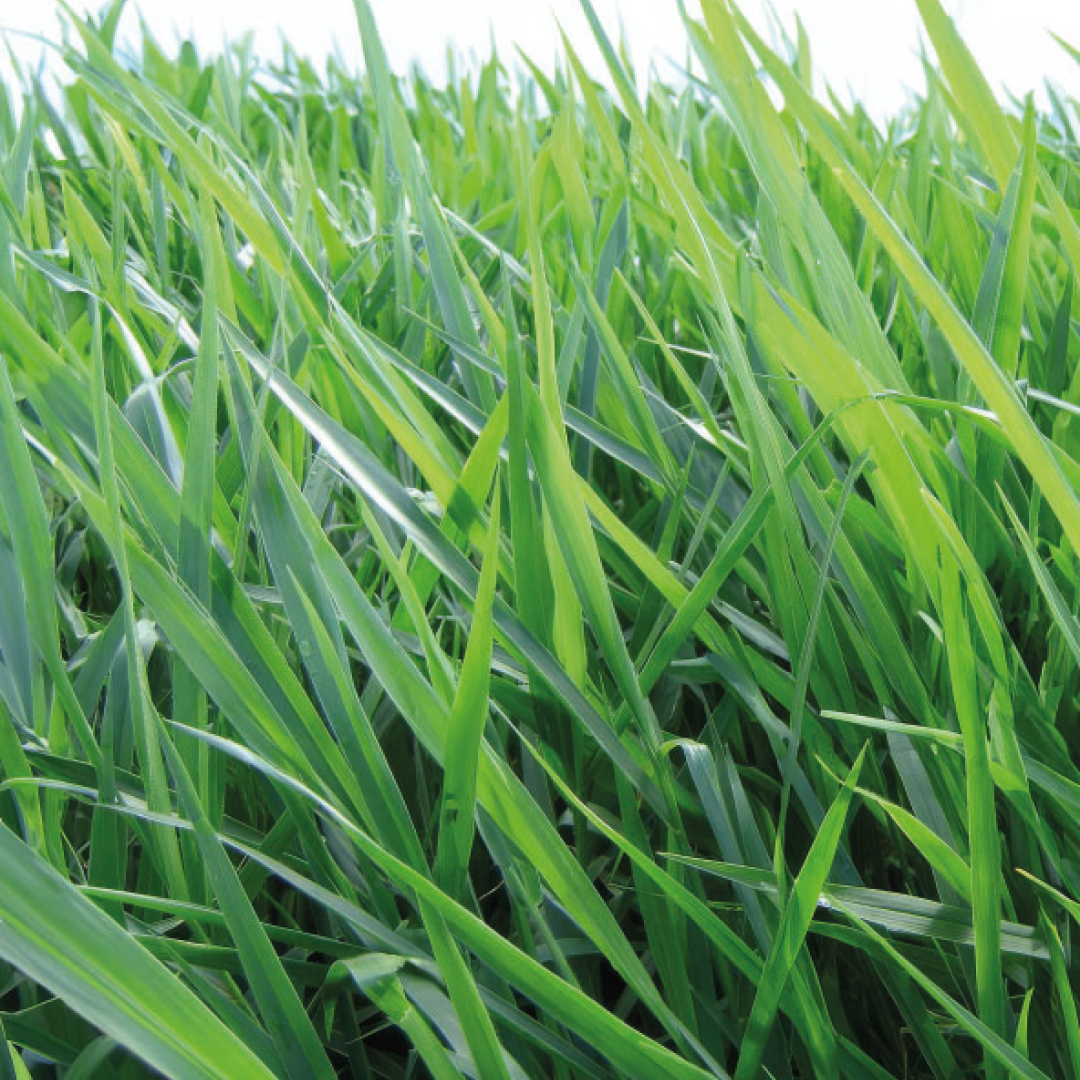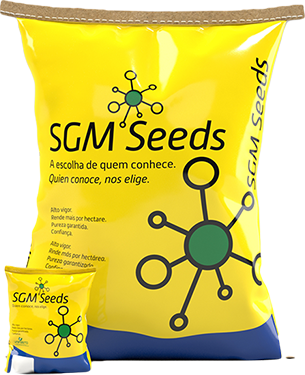Nós usamos cookies
Este site usa cookies para aprimorar sua experiência de navegação.
This variety represents the first major revolution in livestock farming in the tropical world, being the first species to be used on a large scale. Originally from Uganda, in Africa, it was first selected in Australia, arriving in Brazil in the 1970s and maintaining significant importance in livestock farming in most countries around the world to this day.
Adaptation
| Soil fertility | low to medium |
| Annual precipitation | above 700mm |
Tolerance
| Dry | high |
| Cold | low |
| Excess soil moisture | low |
| Spittle | very low |
| Shading | average |
Production
| Dry matter per hectare/year | 08 to 20 tons/ha |
| Percentage | 9 - 10% |
| Palatability | good |
Use / Management
| Training time | 40 to 90 days |
| First grazing | 40 - 90 days (young animals) |
| Height for animal entry | 25 cm |
| Sowing: Bury the seeds at soil and use of the compactor roll | yes, 2 to 4 cm deep |


Adaptation
| Soil fertility | low to medium |
| Annual precipitation | above 700mm |
Tolerance
| Dry | high |
| Cold | low |
| Excess soil moisture | low |
| Spittle | very low |
| Shading | average |
Production
| Dry matter per hectare/year | 08 to 20 tons/ha |
| Percentage | 9 - 10% |
| Palatability | good |
Use / Management
| Training time | 40 to 90 days |
| First grazing | 40 - 90 days (young animals) |
| Height for animal entry | 25 cm |
| Sowing: Bury the seeds at soil and use of the compactor roll | yes, 2 to 4 cm deep |
Este site usa cookies para aprimorar sua experiência de navegação.